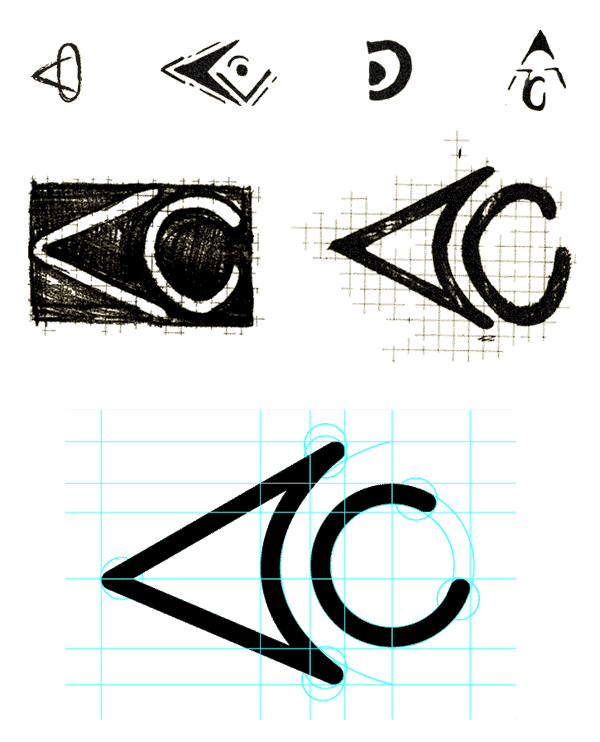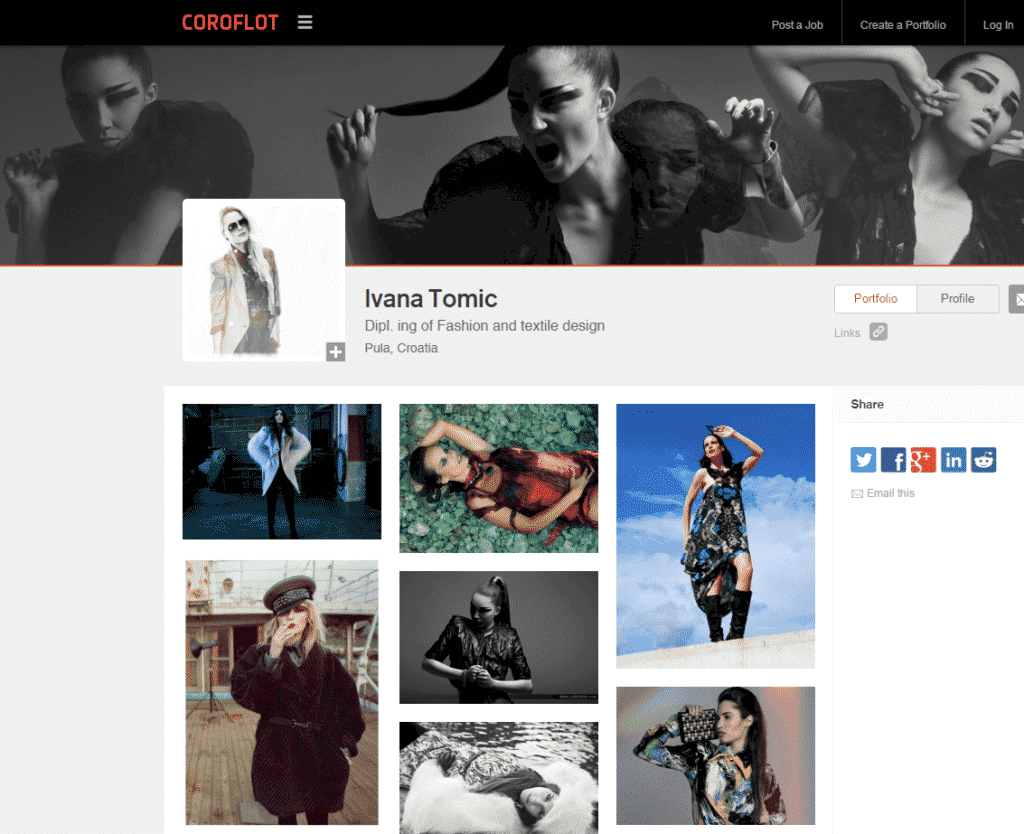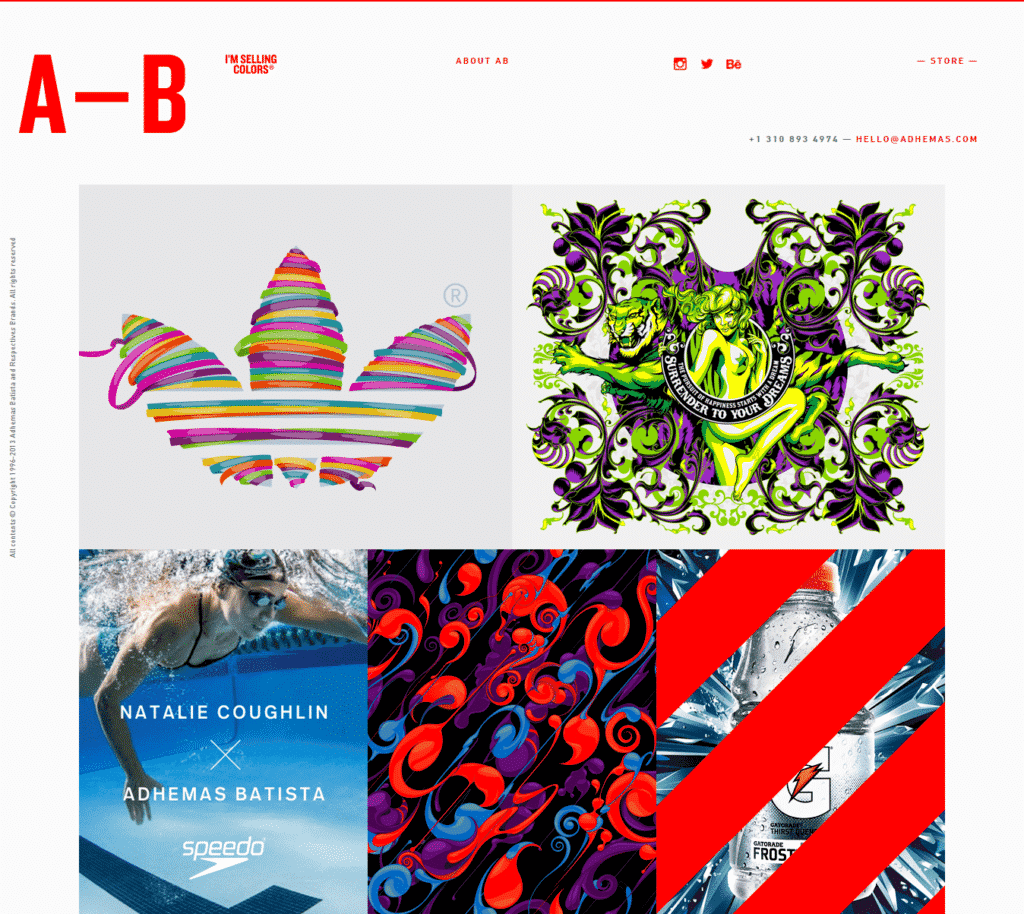With competition growing and evolving all the time, you must really strive to stand out in order to get hired; today, there’s no shortage of creative talent. So
as 2015 rolls in, take some time to look at your online and offline portfolios -or think about creating one if you don’t have it yet- to make sure that you’re putting your best face forward.
Create a killer portfolio combining technology, creativity and, of course, your best work. To revamp your portfolio online and offline take the following tips and ideas into consideration:
Tips for Your Online Portfolio
Choose the right place to showcase your portfolio. The first thing you have to do is select where you're going to showcase your work. If you're tech savvy, you can create your own website - which most designers do nowadays- BUT if you're short on cash (to pay and maintain a domain), do not feel comfortable coding your own site or want to benefit from online communities, that showcase talent for potential recruiters to hire you, then you're in luck: there are plenty of great platforms designed especially for this purpose, such as
Behance,
Cargo Collective,
Coroflot,
Crevado and
Deviant Art, just to mention a few.
Hand-made Online Portfolio by Adhemas Batista, a Brazilian Designer based in LA
Compare each option waging pros and cons, the traffic each provides, how mobile and user friendly they are and the type of people that engage there already. DeviantArt for example, is less user friendly, but more supportive as a graphic design community; Behance on the other hand, is more user and potential-job friendly, but less integrated as a community. The designer featured above, actually has her own site + a Behance profile.
Perhaps your way to revamp could be to simply add your work to a new network.
Curate your best work. Once you have the website where you want to showcase your work, the next step is to look at all the pieces you've done and choose your best ones, the ones you are really proud of, the ones that reflect the kind of jobs you'd love to do in the future.
It's easy to get lost in a sea of samples, if you've been around for years, you likely have 50 of such pieces to show. However, you have limited and precious attention span to grab a potential client, so pick the ones that best represent your skills and the kind of project you enjoy doing more (to get more inquiries about that style/design type).
Bonus: You can also add an archive with your earlier and most challenging pieces, labeled as such to display your own artistic evolution.
Behance.net (a 4over4.com favorite): Ise Ananphada, freelance illustrator in Thailand on Behance.
Let viewers learn the story behind your work. Think about presenting a couple of projects from inception to completion: show the initial concept, early sketches and finished product as a story or presentation -your own version of a movie with the Director's commentary, to explain how your thought process influenced the piece.
Look at this great example by
Daniel Loureiro, actually developed for a photojournalist.
 Let your work be at the center of the stage
Let your work be at the center of the stage. Think about those who have the potential to hire you, what do they need to see? Your portfolio can be a piece on its own, but will the transitions and ornaments take away from the actual sample? Keep it simple and easy to navigate.
Add a compelling bio. When writing your bio don’t approach it as a resume to highlight your past jobs; instead talk about you, your focus or mission, how you got to be a designer, as well as your passions and hobbies. Something between a Twitter bio and a professional blurb, keep under 250 words. We love the portfolio below, but we feel the bio runs a little short. What do you think?
 Coroflot Portfolio: Ivana Tomic, fashion and textile design from Croatia.
Coroflot Portfolio: Ivana Tomic, fashion and textile design from Croatia.
Don't Forget: Add elements for
credibility and easy communication. Include awards, a contact page, social media buttons, links to guest blog posts or magazines that have featured your work, brands that support you, etc. AND
Update Regularl! Every 2 to 3 months is best.
Tips for Your Offline Portfolio
Many people think that, in today's digital era, having a printed portfolio is not necessary. Nevertheless, if you present it in a very creative way, it can pay off wonderfully. Just look at the examples below and take note of our handy tips!

Will You Hire Me? Self-branding Project by Catherine Pelletier
Brand yourself. Your portfolio should speak about you and the things you do. So it’s better to present yourself as a brand. Create a logo, fonts, and colors and use them to present your portfolio.

Self-branding project by Jean Cristophe André
Choose high quality. When it comes to printing, choosing high quality paper and an offset professional printing company is a must. Spend more on quality prints to impress your prospects and to show them how investing, pays off.

Print Portfolio by CaitlinWalsh with Metallic Gold Foil finish
Show off and Tell Your Story. You won’t have a second opportunity to create a great first impression. Use your creativity and abilities to come up with an exciting way to show off your portfolio. Dare to try new things. Think of fun ways to show your work, ways that highlight your uniqueness. You can present it as a book that tells your story, create a 3D portfolio or as a folding package. There are no limits--just give it a try! As with online portfolios, your printed portfolio has to tell your story too. It´s the way to market yourself and stand out.
Use digital media. Your printed portfolio should showcase your digital work. Include the URL to your website, a QR code, links to your social media sites and a CD or branded flash drive with your digital work, just to mention a few. Again, there are no limits.
Share, share, share. We all love to share things--that´s the secret behind social media success! It´s easy to share. Who said you can't share your offline portfolio? Create it in such a way that it encourages users to share. Include several creative loose prints that highlight your amazing work with your contact information on them. They'll serve just as
business cards that your clients hand out instead of yourself.
As you can see, there are lots of ways to boost creativity and highlight your portfolio both online and offline. We hope that these useful tips help you revamp your online and offline portfolios, making you stand out and land your dream job.
What about you? Do you have any other tips to revamp design portfolios? We’d love to know. Share your thoughts below or hit us up on social media, don’t forget to tag @4over4!






 Emma Davis
Emma Davis